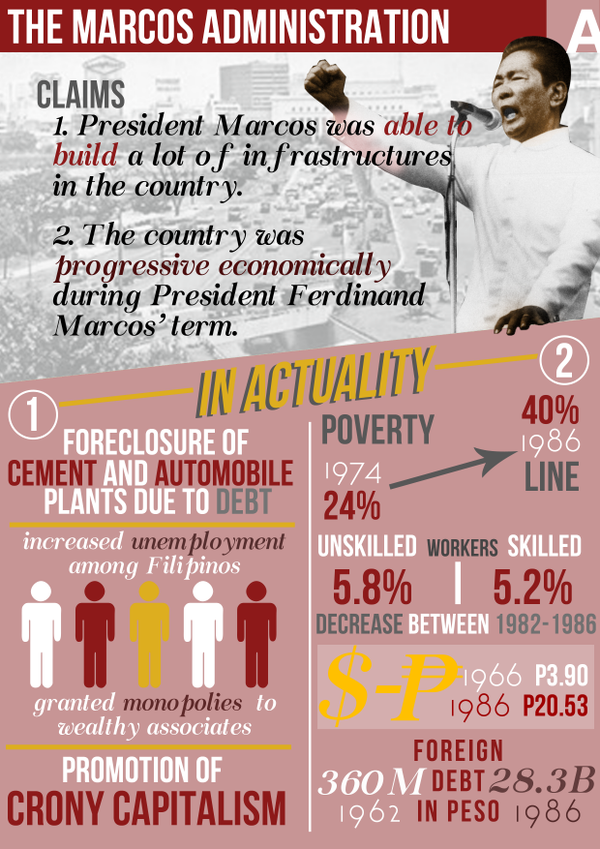Martial arts have an interesting background that extends centuries and continents. You may discover it appealing just how ancient practices like Shuai Jiao and Kalaripayattu prepared for modern-day battle strategies. These self-controls not only stress physical abilities yet additionally reflect the societies that birthed them. As you explore their development, consider how globalization has actually transformed these typical forms right into hybrid styles. What impacts do you assume have formed today's martial arts landscape?
Ancient Martial arts: The Structures of Combat
As you delve into the globe of old martial arts, you'll find the abundant structures that formed combat techniques across cultures. Early techniques focused on Self-Defense and survival, typically including strikes, grappling, and weapons.
In ancient China, as an example, methods like Shuai Jiao stressed tosses and joint locks, while India's Kalaripayattu showcased dexterity and fluid movement. Japanese samurai created Kenjutsu, a refined swordsmanship that highlighted self-control and method.
These martial arts served not just for battle however likewise as a way of individual growth, instilling worths like respect and perseverance. The mixing of these methods with time prepared for the diverse martial arts you see today, each reflecting the special ideologies and needs of its society.
The Social Influence on Martial Arts Growth
While martial arts commonly show the useful requirements of a culture, they additionally personify the cultural values and ideas of their beginnings. When you discover different martial arts, you'll see how they're affected by religious beliefs, viewpoint, and social standards.
For example, the emphasis on regard and discipline in Japanese martial arts comes from Zen Buddhism and samurai culture. On the other hand, Brazilian Jiu-Jitsu advertises adaptability and strategy, shaped by the demand for efficiency in a diverse, modern atmosphere.
You might locate that the routines, attires, and training approaches show a neighborhood's history and identification. By recognizing these cultural influences, you grow your appreciation of martial arts and their duty in shaping human experiences around the world.
Modern Adaptations and the Globalization of Martial arts
Martial arts have changed dramatically in current decades, adjusting to contemporary society and worldwide impacts. You'll notice that typical forms have combined with modern techniques, creating hybrid styles like MMA. These adaptations cater to varied target markets, making martial arts easily accessible and enticing globally.
With Get More of social networks and electronic systems, you can find tutorials and competitors from all corners of the globe, damaging geographical barriers. This globalization has led to a shared admiration for numerous techniques, from Brazilian Jiu-Jitsu to Taekwondo.
As mouse click the next page engage with these arts, you'll realize they're not nearly combat; they advertise health and fitness, self-control, and psychological well-being.
Inevitably, modern-day adjustments have actually enhanced the martial arts landscape, making it a dynamic and advancing technique.
Verdict
In exploring the background and advancement of martial arts, you reveal a remarkable mix of techniques, cultures, and philosophies. From ancient disciplines like Shuai Jiao and Kalaripayattu to the modern-day versatility seen in MMA, martial arts reflect humanity's mission for Self-Defense and individual development. As you engage with these techniques, you not only get skills however also a deeper admiration for the varied traditions that form our globe today. So, proceed your trip and accept the art of fight!
